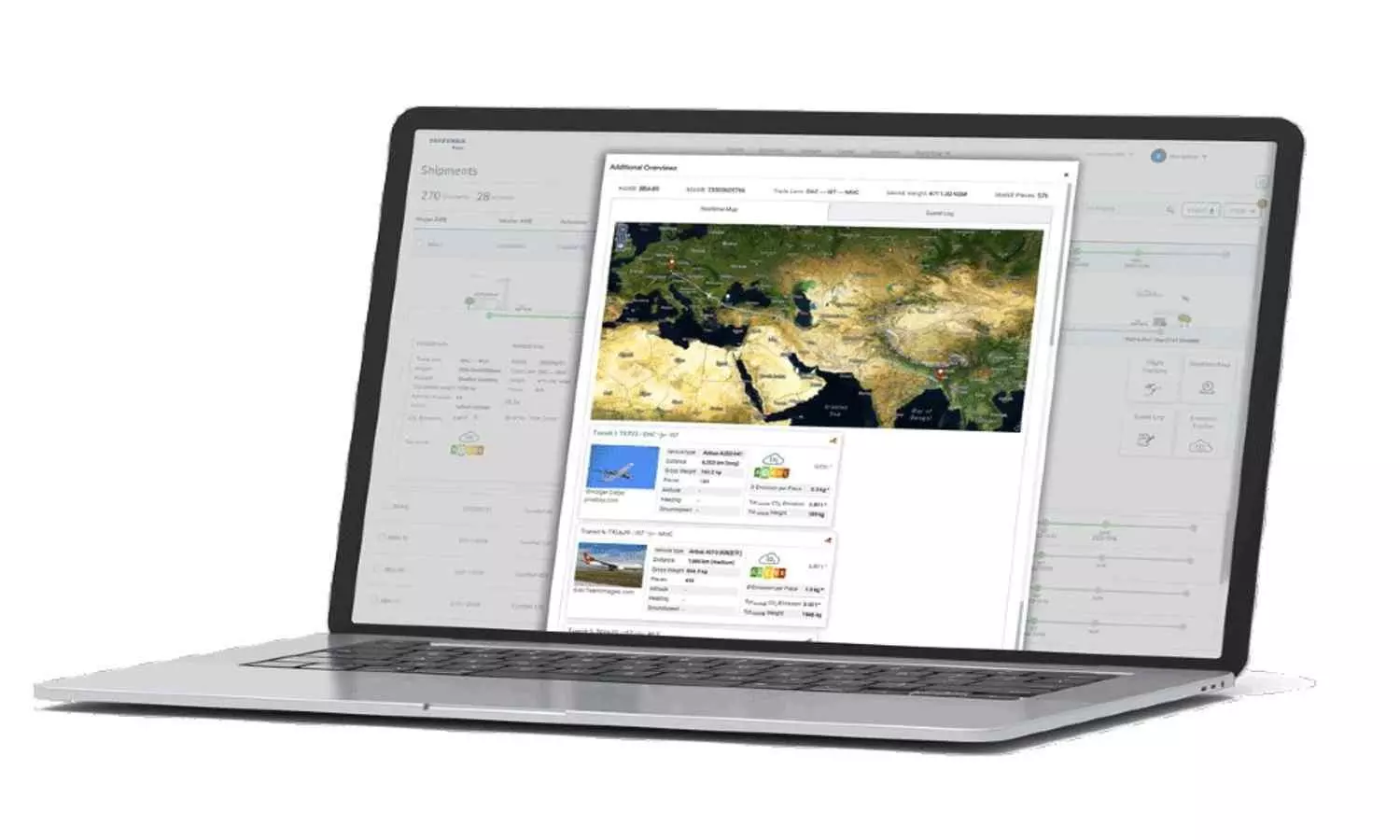BlueBox Systems and Vizion improve data quality along air, sea supply chains
BlueBoxAir, BlueBox Systems, together with its partner Vizion, now also offers a real-time overview of all the necessary logistics data for sea freight in highest quality.

Global supply chains have been tested over the last three years by structural challenges intensified by the Covid-19 pandemic. Transport businesses are increasingly being pushed to digitise their supply networks. Nonetheless, there is a lack of transparency in logistics since data quantities are frequently improperly screened and processed.
Following on from the air freight tracking solution BlueBoxAir, BlueBox Systems, together with its partner Vizion, now also offers a real-time overview of all the necessary logistics data for sea freight in highest quality.
The structural problems are related to the multiple large and small players that need to cooperate in a complex structure to unleash the supply chain´s full potential. To make such cooperation work, however, these actors need to know where the transported goods and commodities are at any given time.
The logistics industry and in particular those responsible for air and ocean freight have traditionally struggled with the issue of transparency. The market does have a large number of providers who promise transparency. But inadequately organized or low-quality data can exacerbate existing problems, for example, by providing misleading information about the real-time location of containers and products, and making predictions faulty.
This is where BlueBox Systems and Vizion provide relief. BlueBox Systems is the first tracking platform in the air freight sector to deliver real-time visibility of the location of air cargo shipments with highest quality data. The API-based solution from Vizion offers a similar level of transparency to users, primarily from the ocean freight sector, including logistics service providers, shippers and freight owners, as well as technology providers in the logistics sector.
The Application Programming Interface (API) enables communication and data exchange between different applications. The two companies have joined forces to provide freight operators, logistics service providers and other companies along the supply chain, whether air or ocean freight, with more transparency about their shipments. Together, they are committed to delivering the highest quality data.
"Good, usable data has the following four characteristics: Timeliness, accuracy, organization and standardization," explains Martin Schulze, CEO of BlueBox Systems. "Quality data, for instance, is always up to date, because knowing where containers and products were 24 hours ago does not help a company gain insights and make decisions. BlueBox Systems' data includes 10-minute aircraft positions, and Vizion's API webhooks reduce latency to 6-8 hours or less."
“Traditionally, freight forwarding companies have used electronic data interchange (EDI) to get information from supply chain systems. Vizion uses an API-first approach, which means real-time validation, greater flexibility, and much faster updates," adds Kyle Henderson, CEO of Vizion.
But also the organisation of data plays an important role. Data must be organised in such a way that analyses and quick decision-making are possible. Huge amounts of raw data will only mean more work for a company. Vizion, for example, records more than 7,000 individual events and classifies them into 60 milestones and ETAs that can be used for real-time decisions.
Similarly, BlueBox Systems collects data from 130 different airlines as well as over 1,600 airports and prepares it in an intuitive interface that allows users to understand and use it. Status updates include ETA changes, flight connection risks, delays, airport performance, transshipment times, among others, which in turn can be compared. BlueBox Systems' cargo platform also helps users calculate CO2 emissions per product based on aircraft type and real-time flight data.
Moreover, BlueBox Systems and Vizion specialize in standardizing data so that transport companies can collaborate at a high level internally and with third-party providers.


